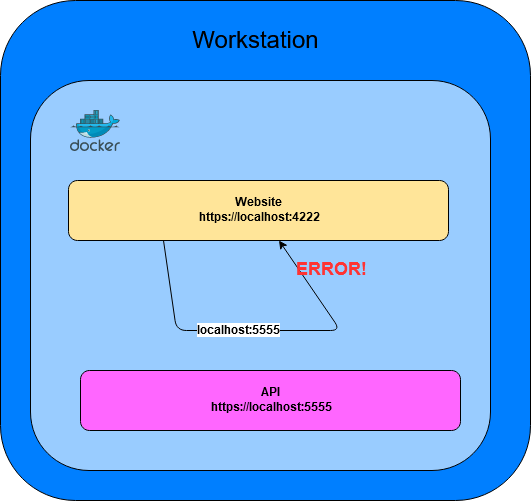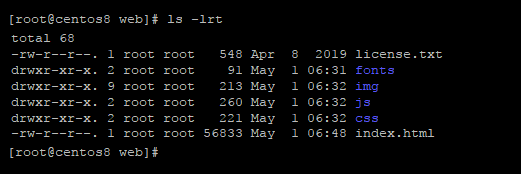

Once inside the container, the first thing you must do is update apt with the command: apt-get update When the above command completes, you’ll notice your terminal has changed to indicate you are now working within the container. To do this, issue the command: docker run -name my-lamp-server -it ubuntu:latest bash Now we’re going to create a container such that we can work within our latest Ubuntu. The above command will pull down the latest Ubuntu image. The first thing we must do is pull the latest Ubuntu image with the command: docker pull ubuntu Although there are tons of such images already available, this will serve as an easy example you can follow.

We’re going to create a new image, based on the latest Ubuntu image, which will include a LAMP server. This means that anyone can contribute to Docker and extend it to meet their own needs if they need additional features that aren’t available out of the box.

This gives a significant performance boost and reduces the size of the application.ĭocker is open source. But unlike a virtual machine, rather than creating a whole virtual operating system, Docker allows applications to use the same Linux kernel as the system that they’re running on and only requires applications be shipped with things not already running on the host computer. In a way, Docker is a bit like a virtual machine. Containers allow a developer to package up an application with all of the parts it needs, such as libraries and other dependencies, and ship it all out as one package. What is Docker?ĭocker is a tool designed to make it easier to create, deploy, and run applications by using containers. For developers, it means that they can focus on writing code without worrying about the system that it will ultimately be running on. Docker is a tool that is designed to benefit both developers and system administrators, making it a part of many DevOps (developers + operations) toolchains.


 0 kommentar(er)
0 kommentar(er)
